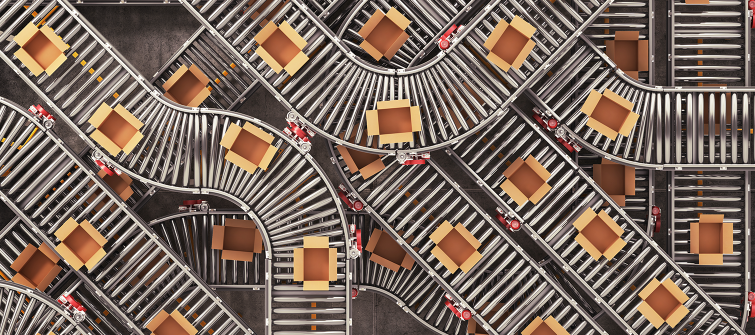Why Supply Chain Design Is Not a “One-and-Done” Exercise

How often do you revisit and update your supply chain designs? Once a year? Once every two years?
If you’re like many organizations, you probably have made changes to your supply chain network in the past two years. But those changes may still not be enough if you don’t revisit them as conditions warrant. Even if you’ve implemented the most sophisticated process and technology for your S&OP process, there’s a hard truth you need to hear: a supply chain not designed to be in tune with the rapid market shifts will leave your best-laid plans exposed and make them unreliable.
Traditional supply chain design and planning relied on the idea that, “governments were rational, variability would be low, and logistics would always be available,” as Lora Cecere of Supply Chain Insights has said. But by now, we all know those ideas no longer hold true.
Designing every once in a while — or designing episodically — is already limiting your organization’s supply chain resiliency, sustainability, and profitability. Here’s why, and what your organization should be thinking about instead.
But first, let’s get on the same page:
Supply chain design solutions and definitions
- Supply Chain Design: A process where nodes, modes, flows, and policies driving a supply chain are defined, reviewed, optimized, and aligned to business objectives.
- Episodic Design: An approach to supply chain design that is often project-based and conducted on an ad-hoc or periodic basis, and may or may not be loosely connected to other business objectives.
- Continuous Design: Continuous design is the development and ongoing refinement of optimal supply chain structures, policies, and flows. This is achieved through analysis, scenario planning, and simulation with end-to-end models, fueled by AI and powerful algorithmic engines. In leading organizations, such effort is supported by a Center of Excellence (COE).
Why episodic supply chain design falls short
A global food and beverage company used to run a handful of models annually across their European operations. But as their supply chains and business grew more complex, they realized it wasn’t enough. They couldn’t adapt quickly to changing situations on the ground and their designs weren’t able to take into account local and regional contexts. The realities of their business and the world required them to run more scenarios and to run them more frequently.
This company is not unique in this realization. Even before the pandemic, many organizations had begun to recognize the need for more frequent, more complex supply chain design. Many leaders have cited concerns over increased concentration of supply, trade wars, changing regulatory environments, and more.
So why is episodic design so limited? In short, it:
- Results in static design assumptions that don’t reflect changing realities. When supply chain nodes, modes, flows, and policies are not frequently reviewed, it leads to suboptimal outcomes.
- Lacks valuable scenario planning, leading to more risk and less agility. Because episodic design happens so infrequently, organizations may not be creating contingency plans or stress testing their supply chains enough. Traditional S&OP-oriented scenario planning primarily focuses on demand-supply balancing, often without questioning the underlying assumptions around supply chain design. This means they can’t respond quickly if and when a disruption occurs.
- Is not strategic, not integrated with other functions, and not optimal. It often results in organizations engaging in fire-fighting instead of planning and creating optimal supply chain networks through cross-functional inputs and collaboration that can deliver across the enterprise.
If episodic supply chain design is insufficient, why is it still so common?
Change is hard! We get it. Many organizations are struggling with inertia and resistance to change, or are simply caught up in fighting day-to-day fires in spite of the best intentions. Many are concerned about the time and expenses involved in upgrading systems and processes. Some feel like things have been working fine (with a few snafus), and many just don’t know where to start.

A better way to design supply chains with continuous design
The same global food and beverage company mentioned above struggled with many of these questions. But since embracing continuous design, they’ve been able to model their supply chains five times faster than before and achieved cost savings across the board. They’ve worked to adjust sources of supply based on price and availability, adjusted production volumes to optimize distribution costs and the cost of goods sold, altered distribution center coverage to avoid overflow storage, and been able to manage crises like COVID and labor strikes.
Continuous design is not a cure-all, but it’s an essential component of a mature supply chain model that can adapt to the realities of today and tomorrow. Without embracing continuous design supported by a capable supply chain center of excellence, organizations will keep getting bogged down with disruptions that affect customer satisfaction and the company’s bottom line.
